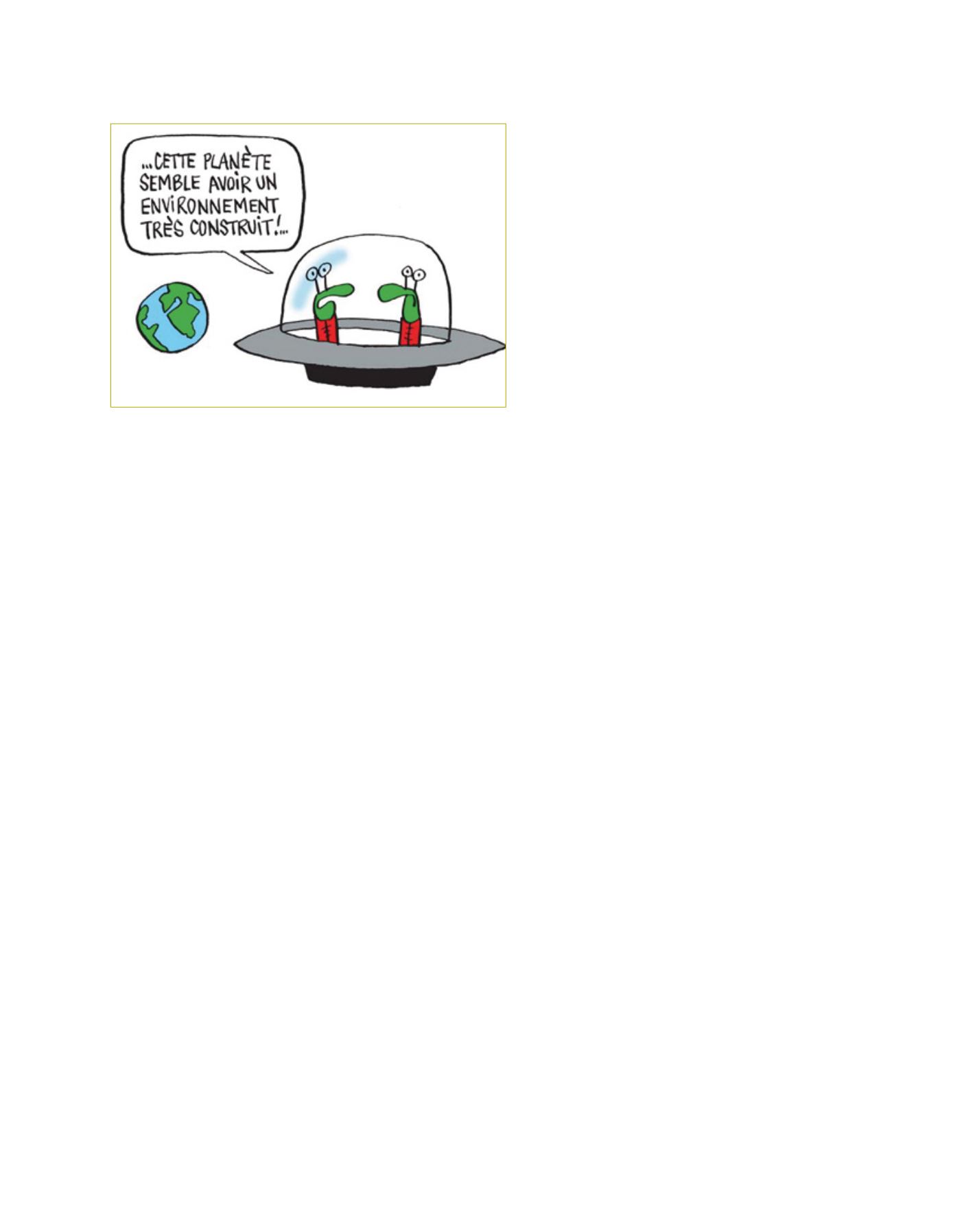

[
] 88
Nagel), that of the
Interfakultäre Koordinationsstelle für
Allgemeine Ökologie
(Interfaculty Coordination Unit
for General Ecology) in Bern
(http://www.ikaoe.unibe.
ch/forschung/) and, at the University of Geneva, the
team of the Science Teaching Laboratory (
Laboratoire
de didactique des sciences/LDES
)
(http://www.ldes. unige.ch/rech/DD/dd.htm)and the team involved in
research in the Teaching and Epistemology of the Social
Sciences (
Recherche en didactique et en épistémologie des
sciences sociales /ERDESS
)
(http://www.unige.ch/fapse/didactsciensoc/recherche.html).
Challenges still to be faced
Globally speaking, ESD has very different connotations,
depending on whether one views it from the perspec-
tive of a country of the South or of a more well-off
country of the North. In the South, the issue is also one
of achieving the Millennium Development Goals, one of
which is to make primary schooling available to every
child by 2015, and to reduce the flagrant inequalities in
access to education between rich and poor, and between
boys and girls. At the same time, there needs to be a
reworking of study programmes and activities with a
view to alleviating poverty, eradicating HIV/AIDS and
raising awareness of environmental issues.
In the richer countries of the North, the DESD is an
opportunity to give schools and the education system
an emphasis less narrowly geared to training young
people to perform effectively in the labour market.
However, there is considerable tension between this
objective and the demands of an economic and politi-
cal system that often requires early selection based
solely on cognitive knowledge in a few disciplines. ESD
raises, for example, the whole question of the place of
art and social sciences in the curriculum, or the impor-
tance of teaching pupils to participate in collective
decision-making. It challenges the teacher to enable the
largest number of their pupils to develop such values
as responsibility, and concepts such as the common
destiny of all the human beings who inhabit our planet.
The recent Bonn Conference
6
showed that the DESD
is leading us into a totally new area, given that its aims
are not as clearly defined as those of other programmes.
For example, the first survey carried out at a global level
reveals considerable tension in the richer countries of
the North: some participants want to grasp the opportu-
nity provided by the DESD to introduce major reforms
of the education system as a whole in order to bring
about profound changes in learners’ basic values; others,
meanwhile, would stick to opening up just a few areas of
learning and of awareness-raising. We see the same thing
in Switzerland: some people believe that ESD concerns
schools and schools alone, and within this context only
biology and geography teachers. But is it not rather an
opportunity for all of us who are involved in education
to ensure that learners in the classroom, in schools, in
associations or in our neighbourhoods acquire the skills
needed by citizens called upon to implement the princi-
ples of sustainable development?
All the cantonal directors of public education
3
have included ESD
among the ten points of their operational programmes.
To make best use of the resources available and to support prac-
tical projects at the national level, the Conference of Cantonal
Directors and the six federal offices concerned have joined forces
in an ESD Coordination Conference, which has formulated a set of
measures for ESD for the period 2007-2014. To promote the inclu-
sion of ESD topics and contents in primary and secondary schools’
curricula, this conference is setting up a specialized ESD agency.
As part of this set of measures, an initial programme, which ended in
2010, has resulted in the development, reflection on and evaluation of
ESD teaching units in the first cycle of secondary school. This involved
a double-loop participatory process: taking up the given topic and struc-
ture, pilot schools in the German, French and Italian-speaking regions
developed teaching sequences suited to their own circumstances and
needs. Students of eight teacher training institutions then built on the
sequences created by the pilot schools, taught them and evaluated them
as part of their teaching placement. The results have been published.
4
Again, as part of this set of measures, a three-year project is currently in
progress.
5
It creates a network of almost all the country’s teacher-training
institutions (primary and secondary). The first aim is to conduct a survey
to provide information on the basic ESD concepts currently promoted
in training institutions and their scientific foundations, and on what has
so far been achieved in implementing ESD in the field of teacher train-
ing, in terms of projects and implementation. The second stage of the
project, taking this survey as a basis and considering the characteristics of
the different regional curricula, will involve the proposal of foundational
teachingmaterials for inclusion in initial and in-service teacher training at
all educational levels. The aim of the third stage, based on the work and
experience of the two preceding stages, will be to draw up recommenda-
tions for introducing ESD into training schemes. These recommendations
will facilitate the task of defining a common concept of ESD and will
contain guidelines on implementation.
A process of harmonising the curricula at compulsory levels of
education is currently under way in each of the three cultural and
linguistic regions, with the aim of ensuring that ESD features explic-
itly in the curricula.
Finally, several research teams are working on ESD-related
issues, in particular: Zurich-based teams (R. Kyburz-Graber and U.
“...this planet seems to have a very built-up environment”
Image: © Swiss Commission for UNESCO
















